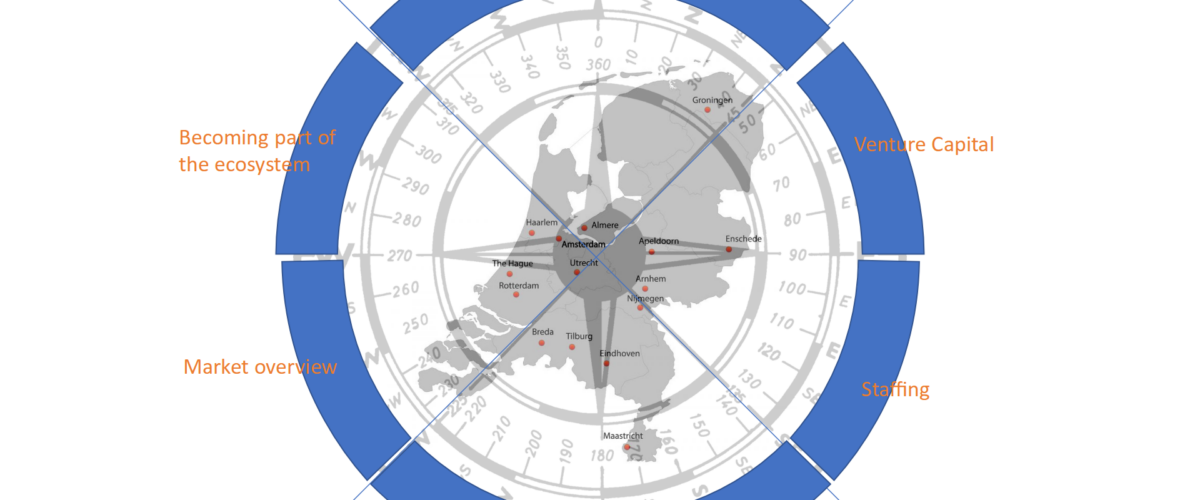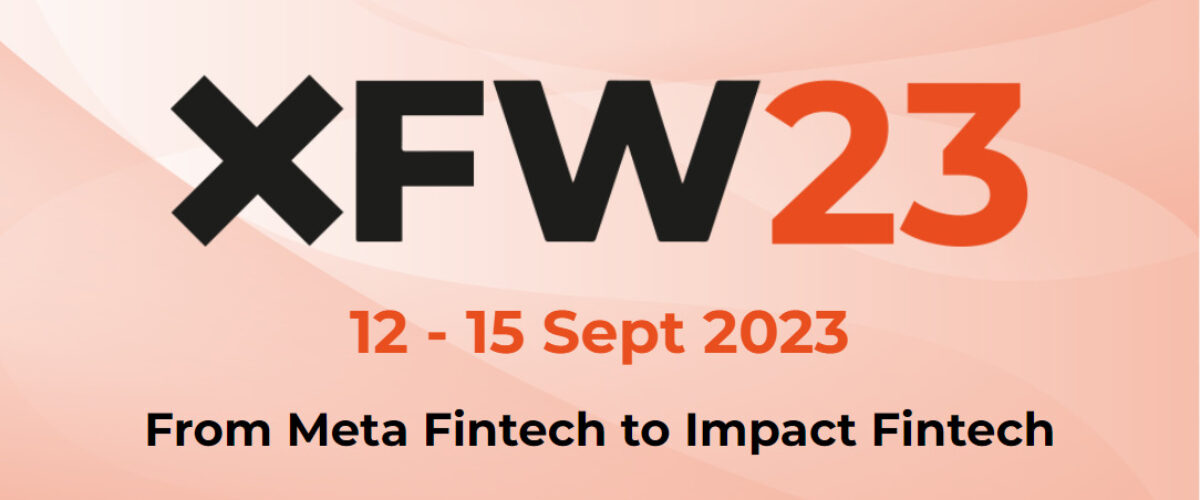Self-driving vehicles. Robotic surgeons. Adaptive networks. Without a doubt, the transformative possibilities of artificial intelligence (AI) are being heavily hyped—and AI will be one of the defining technology trends of our century as it comes into widespread usage. No one wants to miss out on such a potentially lucrative investment opportunity.
But caution is warranted, as investing in AI requires finding niches that are likely to bring strong financial returns while also ensuring alignment with the investor’s strategy, vision, and capabilities. This challenge is compounded by the fierce competition among investors in this market, especially from hyper-scale cloud computing companies such as Google and Amazon that are rapidly buying up stakes in AI firms. Finding the sort of industry-defining “gold nuggets” that will live up to the hype and earn a significant return requires extensive study of the market.
So, how can investors strike gold? To start, they can approach potential AI investments from the perspective of ecosystems built around a defined value proposition for end customers. Such an approach prioritizes use cases with a clear path to monetization, as opposed to the fundamental technology stacks that—while valuable in their own right—don’t have as clear a route to market. Below, we present thoughts on some of these AI ecosystems, along with a framework for approaching AI investments and a tangible example of an investment scenario.
Ecosystem overview
Each use-case-driven ecosystem that a company may consider investing in is at a different level of maturity. Investors looking to make multiple AI investments will look to do so across a wide time horizon. Those taking a more narrowly focused investment approach are more prone to invest in ecosystems that enhance their own technology or match their own strategic priorities.
Ecosystems with higher maturity have a fair amount of certainty around their use cases, but commensurately higher barriers to entry around premium acquisition or investment targets. Less mature technologies tend to be more broadly platform based and heavily research oriented, with less certainty around their ultimate use cases. Figure 1 presents 14 AI ecosystems across three broad levels of maturity.
Many of the AI technologies in the high-maturity category are already present in the market, with expectations that they could rapidly come to widespread adoption. For example, technologies associated with industrial automation are already used in leading-edge factories in which machines communicate with one another as well as humans.
Conversely, the ecosystems in the low-maturity grouping are at least half a decade from fruition. To cite one example, brain–computer interfaces will enable people to interact directly with computers through their brain activity, which could ultimately yield technology with a market value in the tens or hundreds of billions of dollars.
A framework for AI investing
Irrespective of the current maturity level of a given ecosystem, striking AI gold requires investing in ecosystems that combine financial attractiveness and alignment with the investor’s unique strategy, culture, and strengths. The financial attractiveness of a potential investment depends on three criteria that are largely agnostic to an investor’s specific strategy: total addressable market (TAM), competitive intensity, and technological maturity. Strategic alignment, on the other hand, depends more on the individual investor’s investment thesis and the role it ultimately wants to play in the ecosystem. Strategic alignment criteria include value capture potential, how well an investment plays to an investor’s strengths, and the portfolio approach. Figure 2 provides definitions of these criteria.
We can portray financial attractiveness and strategic alignment on a two-by-two framework and then populate the four quadrants with the AI ecosystems within our purview. Figure 3 portrays one way a large hardware manufacturer might do so. Ideally, an investor would look for opportunities in those Gold rush ecosystems that are both large and attractive; however, substantial value can also be found in the more niche Diamonds in the rough quadrant. Pure-play financial investors, or those playing a volume game, will find opportunities in the Copper mine quadrant, where there is still money to be made for those that lead with scale.
Putting the framework to use
Strategic alignment depends on an investor’s unique circumstances. A company may try to identify financially attractive, strategically aligned AI firms within specific ecosystems where it can add value in order to help them grow. To do so it would have to target specific ecosystems, then develop a focused pipeline of investment candidates with true technical or market differentiation. In this case, the ecosystems in the top and bottom right quadrants provide fertile ground to explore.
To exemplify how the framework is put to use, consider how strategic alignment plays out for our hypothetical hardware manufacturer in two ecosystems: industrial automation and brain–computer interfaces. Both score highly on the strategic alignment axis for this potential investor even though the latter is a highly speculative technology with an uncertain TAM.
Industrial automation meshes with this investing company’s strategy because so many of its applications require onboard processing, giving hardware manufacturers a potential role to play. Several aspects of the robotics value chain also align with hardware manufacturers’ strengths; onboard chipsets will be an important part of end solutions, as will system engineering and integration across a variety of specialized applications. In terms of portfolio fit, the well-defined applications with known value make industrial automation suitable in instances where a path to cash flow is more important.
Brain–computer interfaces will require safe, secure hardware. A generic platform (for example, the “Intel Inside” of BCI) will likely win out over single-purpose applications because no user will require multiple interfaces. These factors position hardware players to capture significant value. BCI technology plays to hardware manufacturers’ strengths; already, some are investing in adjacent technologies such as neuromorphic computing that may provide useful IP to augment BCI, and hardware makers understand the interfaces required to make BCI a reality. But this is still a speculative ecosystem, so it may prove better suited to investors looking to round out their portfolios with longer-term bets.
AI clearly offers some exciting investment potential, but it is not a market to enter casually or with expectations of a rapid return on investment outside of the most mature offerings, which will be priced accordingly. Moving forward, we will continue our examination of AI’s investment potential with a trio of deep-dive examinations into high-potential ecosystems from each of our maturity classifications: industrial automation (high), smart robotics (medium), and brain–computer interfaces (low).
Authors: Sahil Mehra, Consultant, Brendan Ratter, Principal & John Gomes, Partner
Read the original article here.


